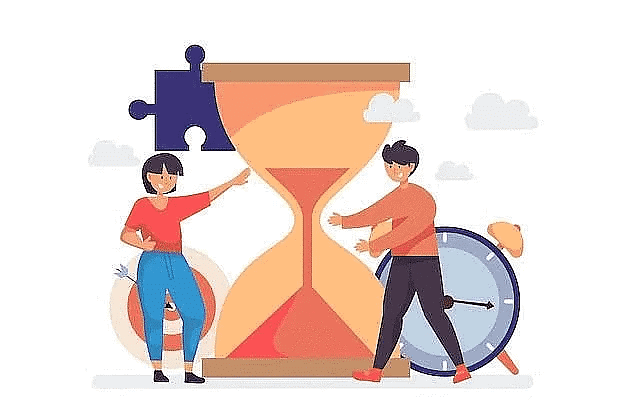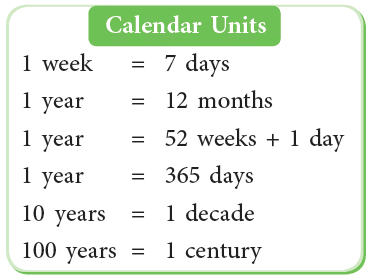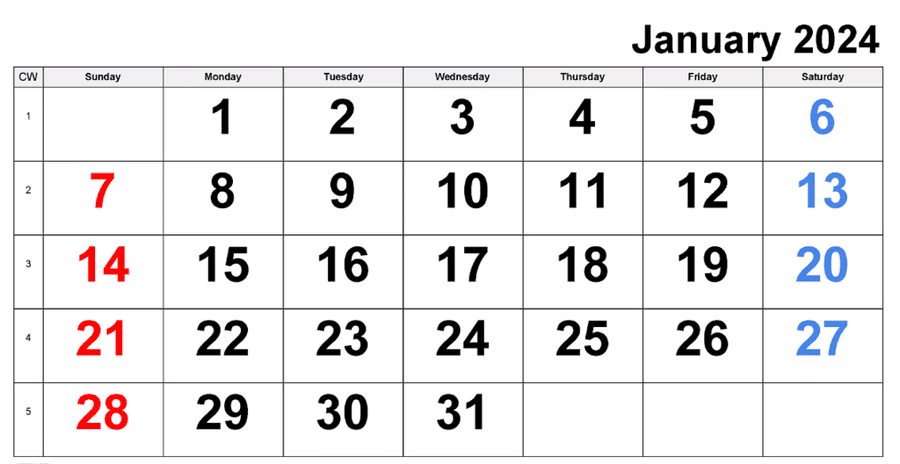Short Answer Questions: Time | EVS for Class 2 PDF Download
Q1. What is time?
Ans: Time helps us understand when things happen. It is divided into the past (what already happened), present (what is happening now), and future (what will happen later).

Q2. How do we measure time?
Ans: We measure time in seconds, minutes, hours, days, weeks, months, and years using clocks and calendars.
Q3. Why do we have day and night?
Ans: Day and night happen because the Earth spins like a ball. The side facing the sun has daytime, and the side away from the sun has nighttime.

Q4. What are sunrise and sunset?
Ans: Sunrise is when the sun comes up in the morning, starting a new day. Sunset is when the sun goes down in the evening, starting the night.
Q5. What is a clock?
Ans: A clock is a tool to measure time. It has two hands—the short hour hand and the long minute hand—that show the time.

Q6. How many minutes are there in one hour?
Ans: There are 60 minutes in one hour.
Q7. How long does it take for the Earth to complete one rotation?
Ans: The Earth takes 24 hours to spin once around its axis, which causes one full day.
Q8. What is a calendar?
Ans: A calendar is a system that helps us organize time by showing days, weeks, months, and years so we can plan events.

Q9. How many days are there in a regular year and a leap year?
Ans: A regular year has 365 days. A leap year has 366 days, with February having 29 days instead of 28.
Q10. How many months are there in a year?
Ans: There are 12 months in a year.
Q11. Which day is the first day of the week?
Ans: Monday is the first day of the week.

Q12. How can dates be written?
Ans: Dates can be written as Date/month/year (e.g., 15/01/2024), Date-month-year (e.g., 15-01-2024), or Date month’ year (e.g., 15th January 2024).
Q13. What do you need to read a calendar properly?
Ans: To read a calendar, find the month and year at the top, look for the date, and see which day of the week it falls on.
Q14. Why is understanding time important?
Ans: Understanding time helps us plan our day, know when events happen, and organize our activities.
Q15. What causes the change of seasons on Earth?
Ans: Seasons change because of Earth's journey around the Sun during its revolution.
|
30 videos|304 docs|48 tests
|
FAQs on Short Answer Questions: Time - EVS for Class 2
| 1. What is the significance of time management in daily life? |  |
| 2. How can I improve my time management skills? |  |
| 3. What are some common time-wasting activities to avoid? |  |
| 4. How does procrastination affect time management? |  |
| 5. What techniques can help in setting effective deadlines? |  |




















